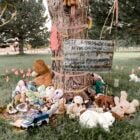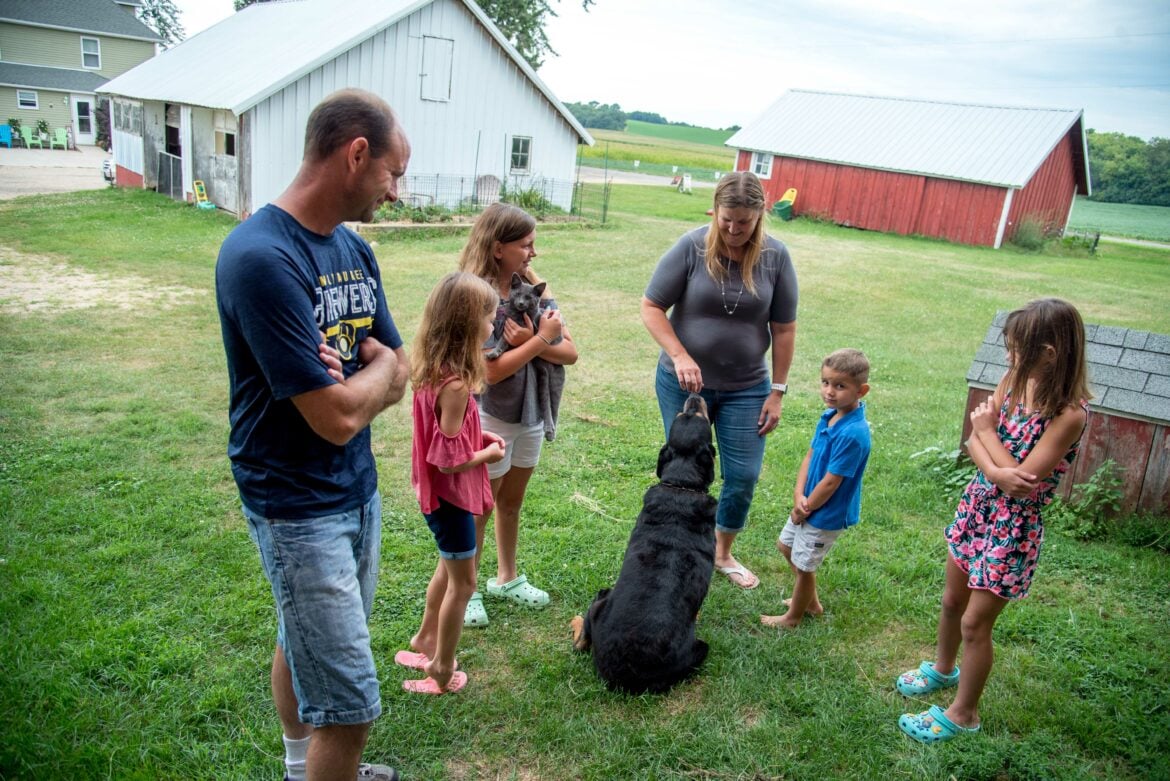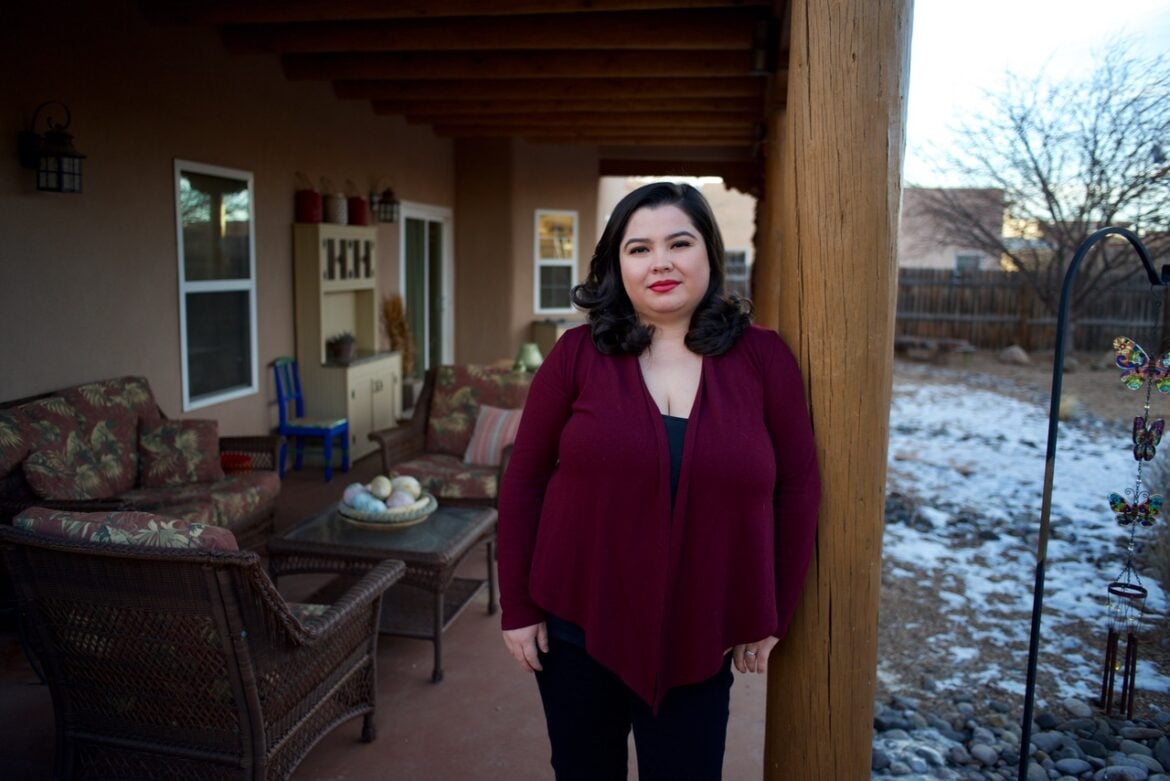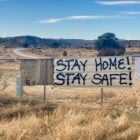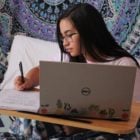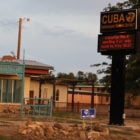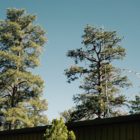Children and Education
Boarding school history underpins Yazzie Martinez findings on Native education
|
On an afternoon in June, neighbors walked the grass loop of Albuquerque’s 4-H park as kids chased underneath a metal sculpture and stepped on a marker that hints of the unmarked grave site below for students at the old Albuquerque Indian School who died more than 100 years ago. Draped on a solitary tree nearby were orange tapestries, part of a community-built memorial dedicated to the gravesite near the former site of the Albuquerque Indian School. It went up after someone noticed a plaque missing that commemorated the cemetery for Zuni, Navajo and Apache students buried there between 1882 and 1933. How the plaque went missing is a mystery, and its absence might have escaped notice a few years ago.
But a discovery in May of 215 unmarked graves at an Indian boarding school in southern British Columbia has sparked heightened awareness of the history and legacy of boarding schools in the United States.
U.S. Interior Secretary Deb Haaland announced in late June the agency would investigate the extent to which there was loss of human life in this country and the lasting consequences of boarding schools. The federal government, beginning in the late 1800s, took Indian children from their families in an effort to strip them of their cultures and language.
